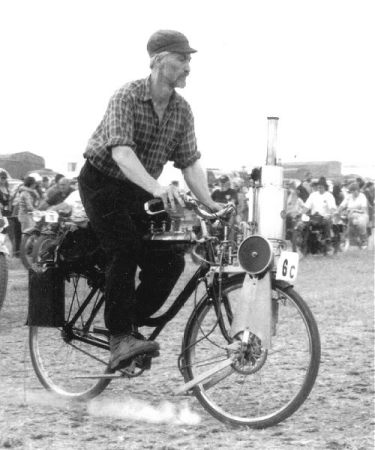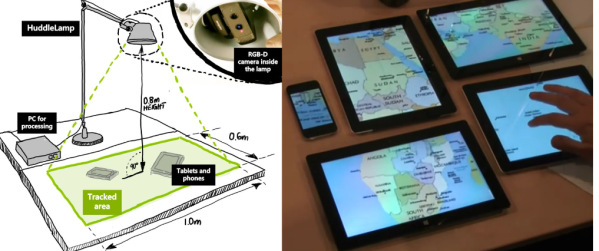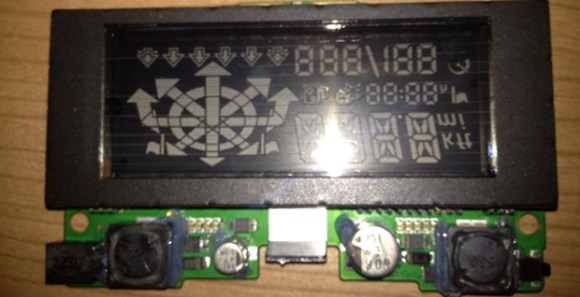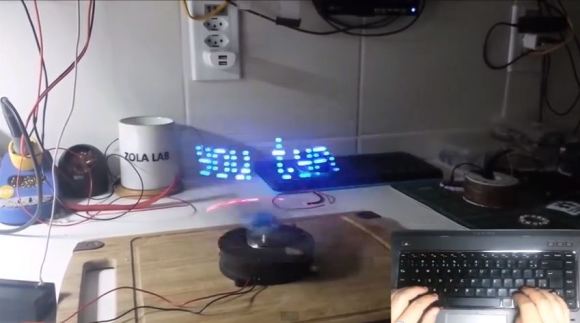In a bit of punky, steam-based tinkering, Brittish engineer [Geoff Hudspith]’s obsession for steam and passion for cycles fused into the Hudspith Steam Bicycle.
Built and improved over the past thirty years, the custom steam engine uses a petrol and kerosene mix for fuel, reaching a top speed of 32km/h and has a range of 16km on one tank of water. While in motion, the boiler is counter-balanced by the water tank on the rear as well as the flywheel, water pump, and the other components. However, [Hudspith] says he doesn’t have an easy go of it carrying the bike up the flight of stairs to his flat — as you can imagine. A steam whistle was fitted to the bike after insistence from others — and perhaps for safety’s sake as well, since it does take a bit of distance to stop the bike.
Many people have offered large sums for it — and at least one house in exchange for the bike — but [Hudspith] has held on to this one-of-a-kind steam-machine. A little more about the development of the bicycle can be read here! A video of the bike in action is waiting after the break.
Continue reading “Suffer No Substitutes — The Hudspith Steam Bicycle Is One-Of-A-Kind”


















